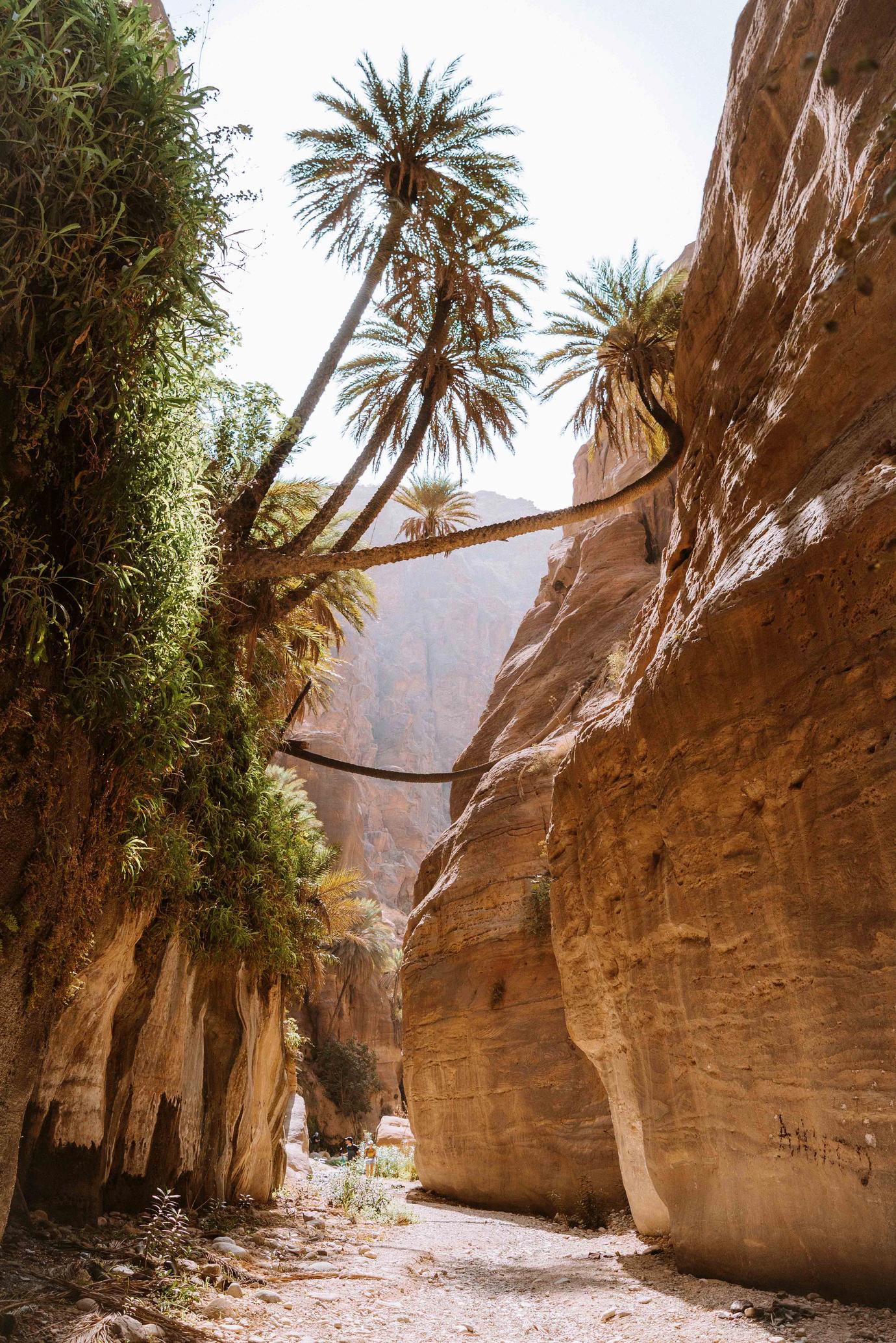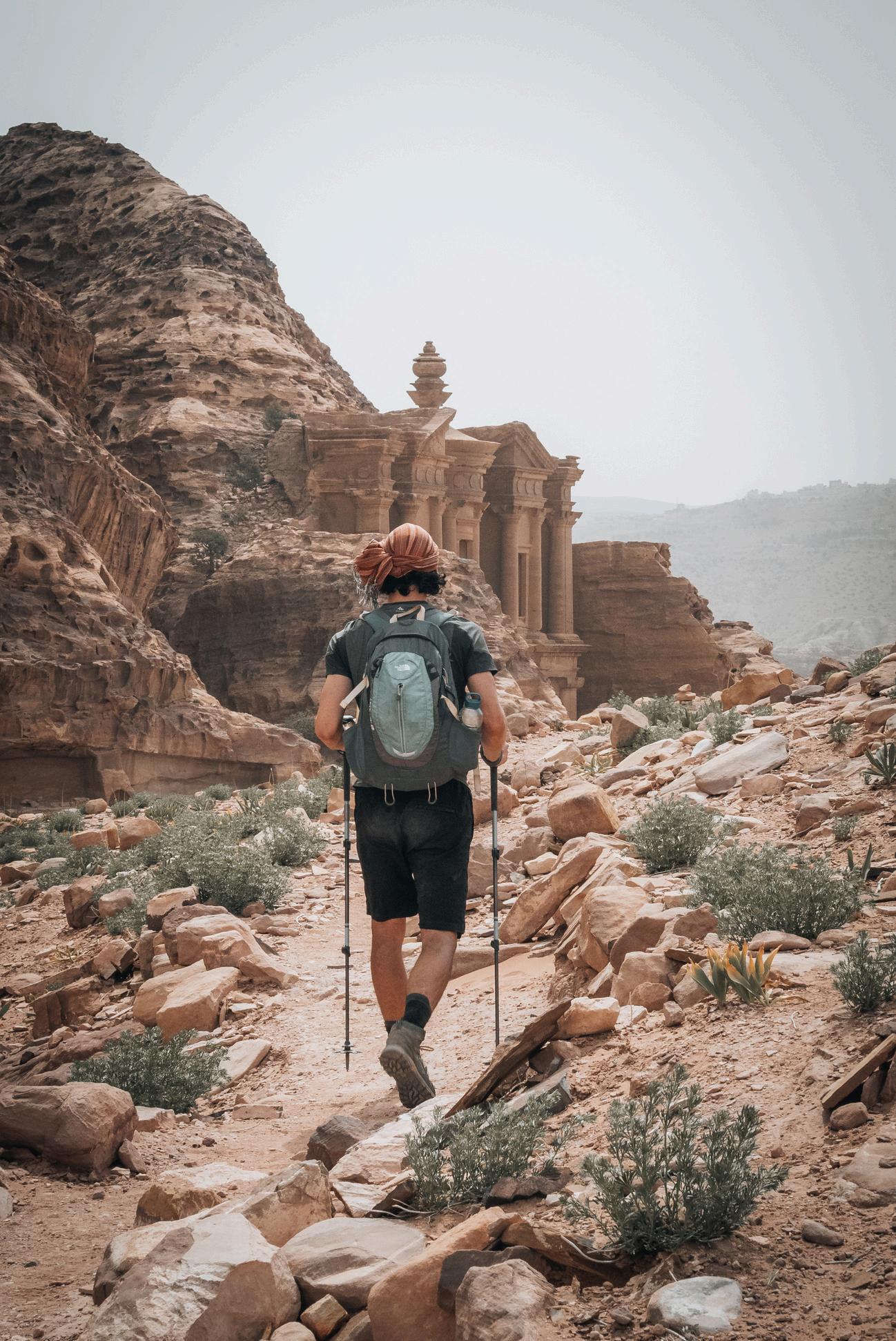

Packing list

Boots & socks
High hiking bootsof at least type A/B are definitely necessary This is because it is important that your shoe fully protects your ankle. If there is a yellow Vibram logo on the sole, you can assume that the sole is of good quality
DO YOU STILL HAVE NEW HIKING BOOTS IN YOUR CLOSET THAT HAVE HARDLY BEEN USED?
Often, boots dry out when they are left unused for a long time, which can cause the sole to come loose or dry out spontaneously. If you're unsure whether your boots are still suitable, have them maintained and repaired if necessary at an outdoorstore and treat them beforehand with Nikwax or Grangers, and break them in.
DO
YOU HAVE OLD HIKING BOOTS?
Check if there is still sufficient tread on the sole and treat them beforehand with a spray or wax, depending on the material of your boot
Leave approximately 05 cm of space in the front of the boot for your toes: your feet may swell as you walk for a long time Make sure your boots are not too big either, as your feet will slide too much inside the boots, which can cause blisters.
Leather hiking boots are not always waterproof If you're unsure, check with an outdoor specialist
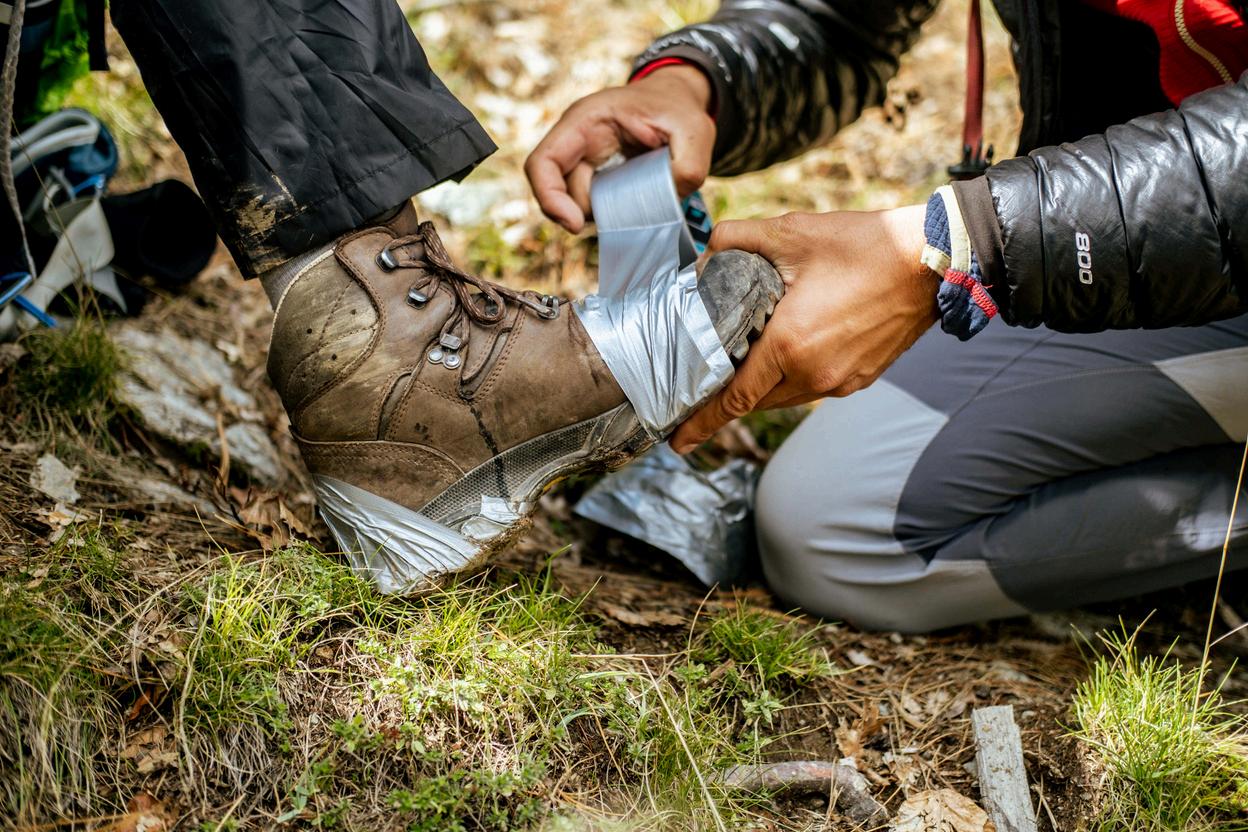
Did you know that...
You can hike up to 1600 km with good hiking boots before you need to replace them Of course, this also depends on what you do with them and how you maintain the boots

6 PRO TIPS TO PREVENT BLISTERS!
1 Break in your hiking boots properly
2. Use a specialized foot cream or spray two weeks before departure to strengthen the skin on your feet
3 Choose high-quality hiking socks in the right size.
4. Use talc powder before setting off to keep your feet as dry as possible
5 Change socks along the way to keep your feet dry and reduce the risk of blisters. You can use talc powder again.
6 Proactively tape areas of discomfort with sports tape.
7. If you're prone to blisters, be sure to bring skin-on-skin hydrogel care with you
SOCKS; A GOOD HIKING SOCK CAN PREVENT BLISTERS!
Good hiking socks (possibly made from merino wool) with a seamless toe section provide optimal comfort. The socks should meet the following requirements:
Keep the foot dry; effectively wick away heat and moisture. Offer good shock absorption and promote blood circulation in the calves
also bring:
Water shoes/sports shoes with a good sole that allow you to comfortably walk through water for at least 6 km Essential for the first day of hiking! Slippers to let your feet breathe
SHIRTS and jackets
By trekking to Jordan in spring and autumn, you can avoid the unbearable heat of summer and the cold of the desert in winter So, you can leave your heavy winter jacket at home. It's important, however, to dress in layers so that you can remove or add a layer as needed A crucial aspect is having good sweat-wicking properties to keep moisture away from your body

Water creates a cold bridge between the skin and the environment because it is a good conductor of temperature As a result, your body temperature will decrease rapidly if your base layer becomes wet from sweat. Wet clothing will also significantly lower the perceived temperature, which is the actual temperature combined with the effects of wind and sun (or lack thereof)
Soaked clothing at a wind speed of 40 km/h has 95% less thermal insulation.
It is therefore important to keep your base layer of clothing dry!
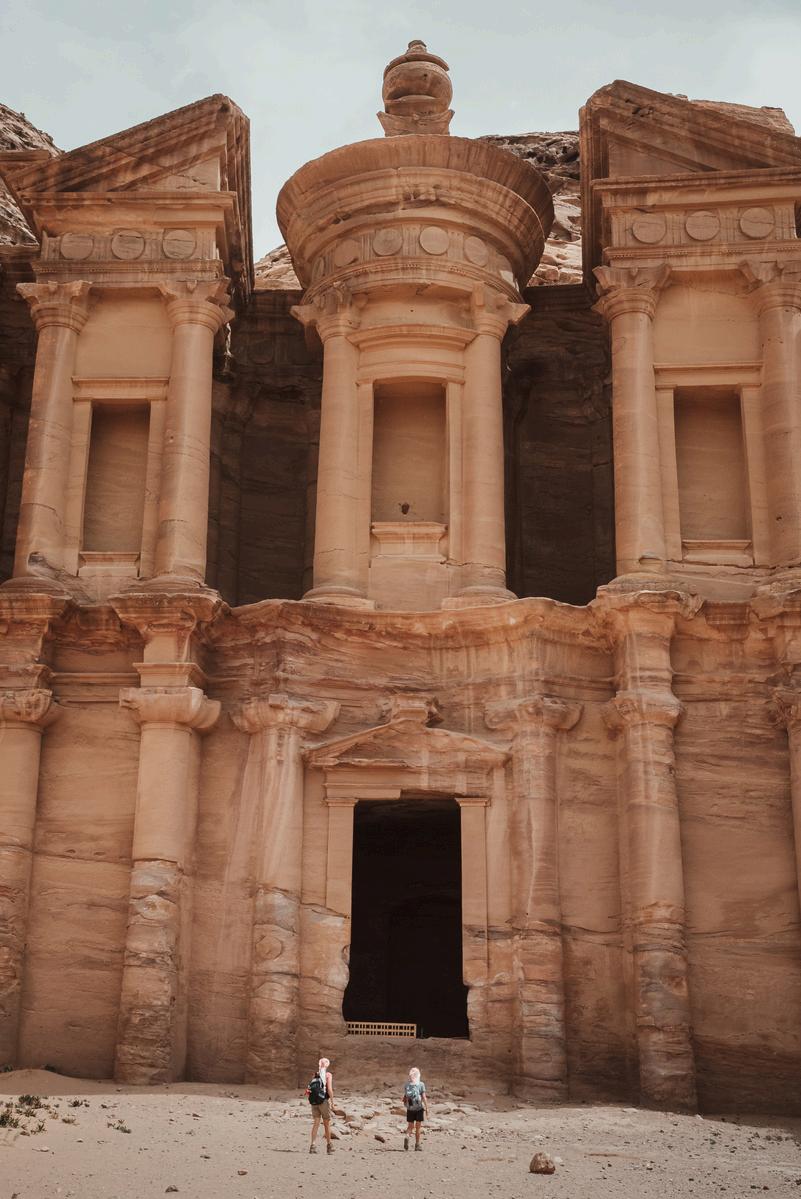
The base layer
PURPOSE: Moisture wicking and UV protection
T-shirts (possibly with long sleeves for sun protection) If you want to travel light, we recommend T-shirts that are partially made of Merino wool These can be worn for a whole week without developing unpleasant odors.
the mid layer
PURPOSE: Moisture wicking, insulation
A warm sweater/fleece for evenings or cooler days (avoid cotton, as it has poor moisture-wicking properties and dries slowly, which can make you feel cold).
the outer layer
PURPOSE: Allowing moisture to escape to the environment, providing windproof protection for underlying layers and the body, and protecting underlying layers from getting wet.
A technical rain jacket (waterproof and windproof), preferably with a minimum water column rating of approximately 10,000 mm.
When buying a technical rain jacket, avoid getting it too tight-fitting around the body, as you will likely be wearing multiple layers underneath. Good materials for your outer layer include jackets with a Gore-Tex membrane, which allows water droplets to be blocked while allowing sweat in vapor form to escape. You can also opt for jackets with a different type of coating, but it's important to consider the size of the pores, as this determines both the waterproofness and breathability.
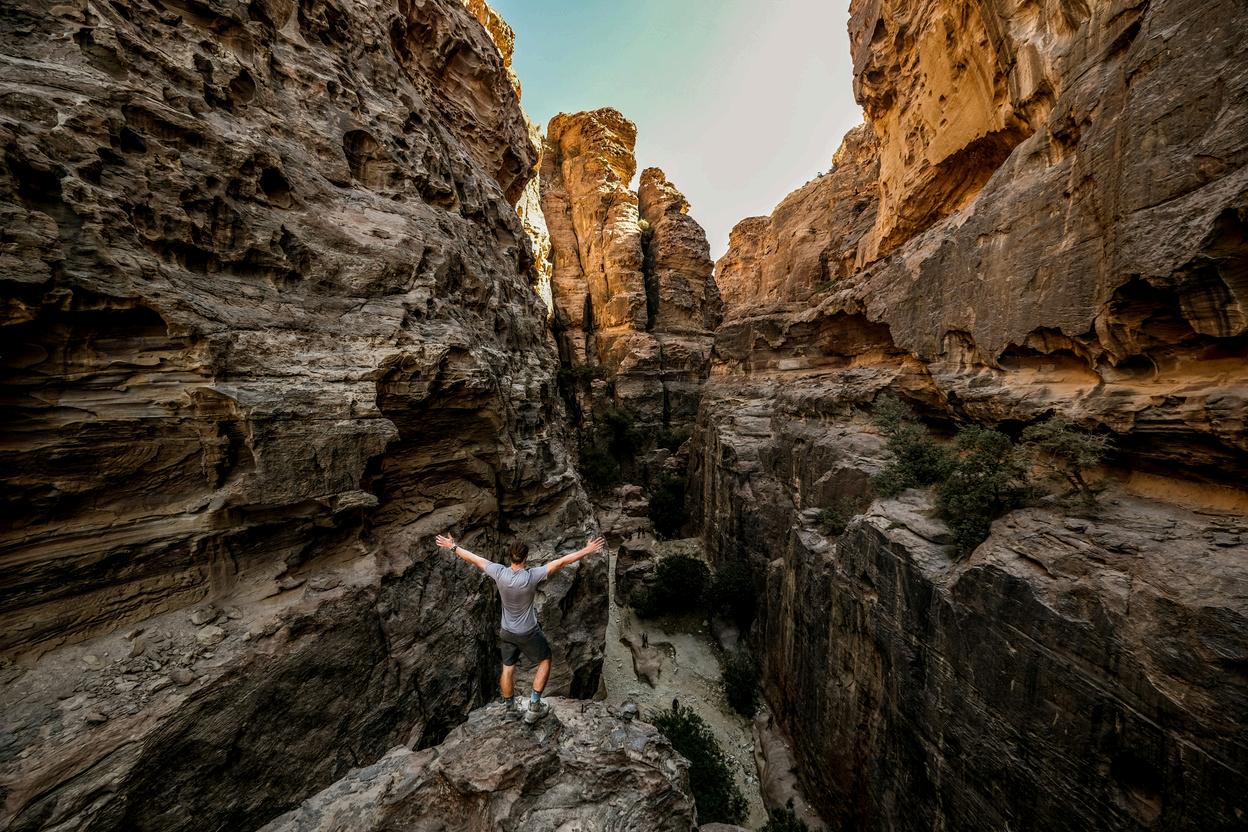
Pants, Accessories, Toiletries & Other Gear
Important: for heat and sun protection
Sunscreen SPF 50+
ORS sachets (ask for them at the pharmacy)
Cap, hat, or "hatta" (the scarf worn by locals)
Camelbag/water bottles, at least 3L (or 2x 15L) better to have more than less
Buff and/or scarf Sunglasses (at least category 3)
Light and UV-protective clothing to shield your skin if you are sensitive to direct sunlight
TOILETries
Toiletry Bag (basic items, as small as possible)
Lip balm
Hand sanitizer
Microfiber towel
Swimwear
Medications + instructions
Toilet paper 1x (biodegradable)
First aid kit (with blister plasters, sturdy sports tape, and emergency blanket)
Shampoo (small), toothbrush, and toothpaste (biodegradable)
Sleeping mask
Insect repellent such as DEET or other
insect spray
Earplugs
pants
Hiking pants: 1x shorts, 1x long (quickdrying)
Underwear
Others
Waterproof bags (in case of rain)
Hiking poles!
Camera/GoPro
Power bank(s) minimum 10,000 maximum 20,000 mAh and charging cables
Cash (withdraw upon arrival at the airport in Jordan)
Plastic freezer bags for electronics/mobile devices + 1 garbage bag (for waste)
Duct tape for minor repairs to your gear
Passport/ID card, health insurance card, debit card
Flight tickets and flight confirmation
Healthy snacks for the journey, such as granola bars, dried fruit, nuts (especially protein- and carbohydrate-rich options)
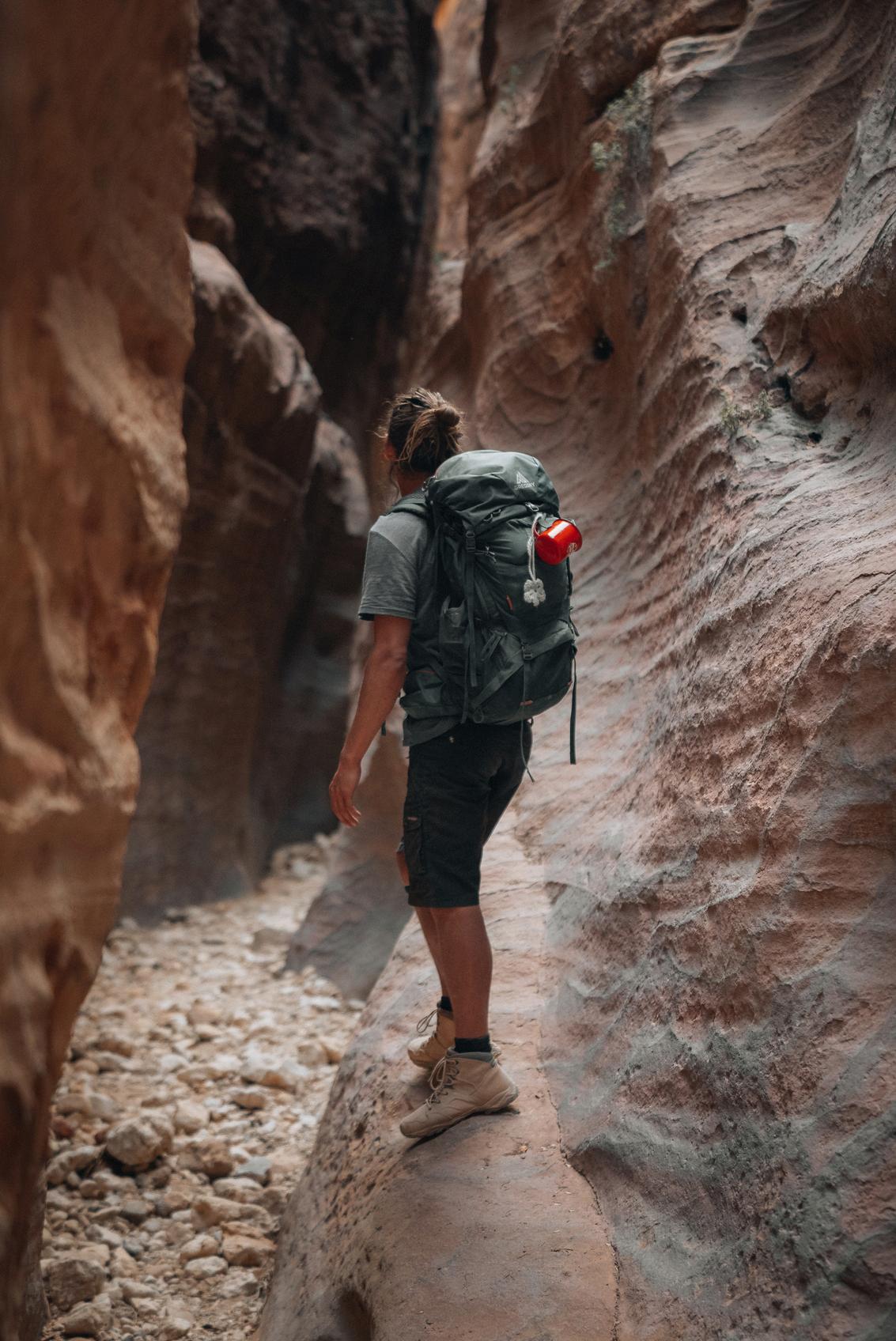
CAMPING GEAR
Good camping gear is essential, of course. Make sure that the equipment you bring meets the following requirements. Alternatively, make it easier for yourself and rent your camping gear through us, ensuring that you have the right equipment.
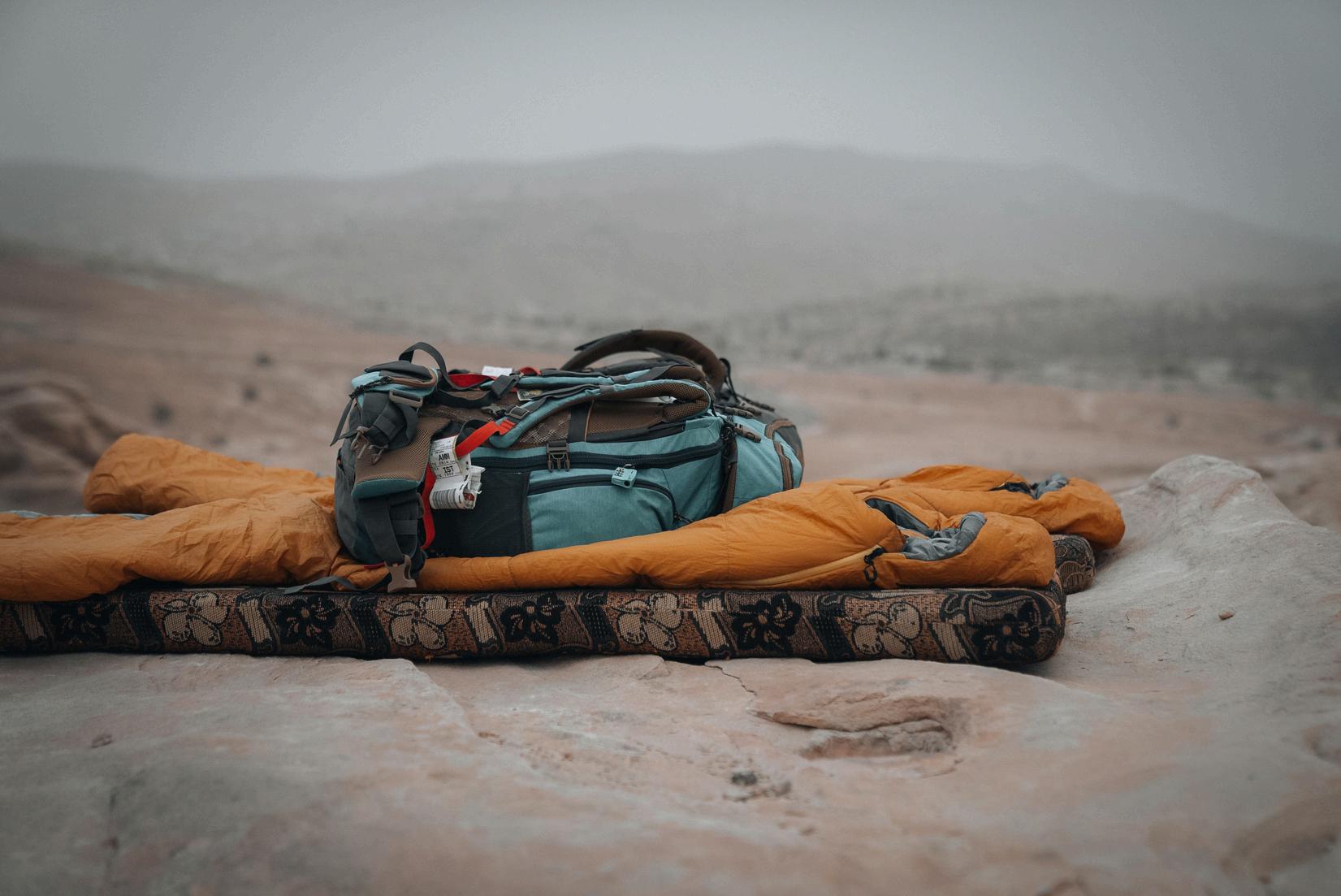
Durable, lightweight two-season tent (aluminum poles)
Warm sleeping bag (comfort temperature at least 5 degrees Celsius)
Sleeping mat (insulation value R-value at least 25)
Sleeping bag sheet/liner
Pillow (optionally inflatable)
Headlamp or small flashlight (with red light function)
Game for inside the tent
Day backpack (+30L)
Large bag/backpack to transport your belongings from camp to camp
LEGEND
Included in the "Camping gear rental" option
To be brought by yourself
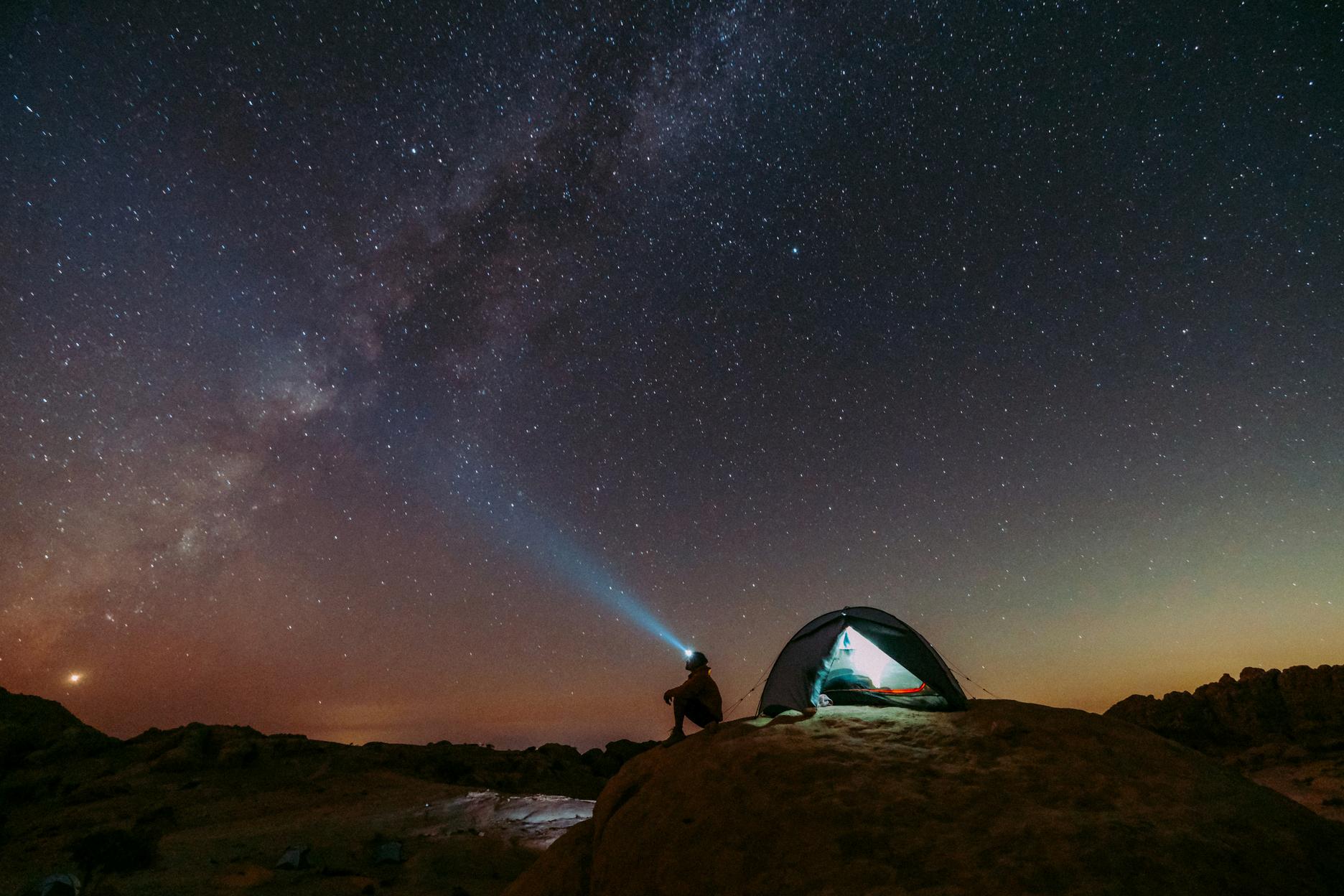
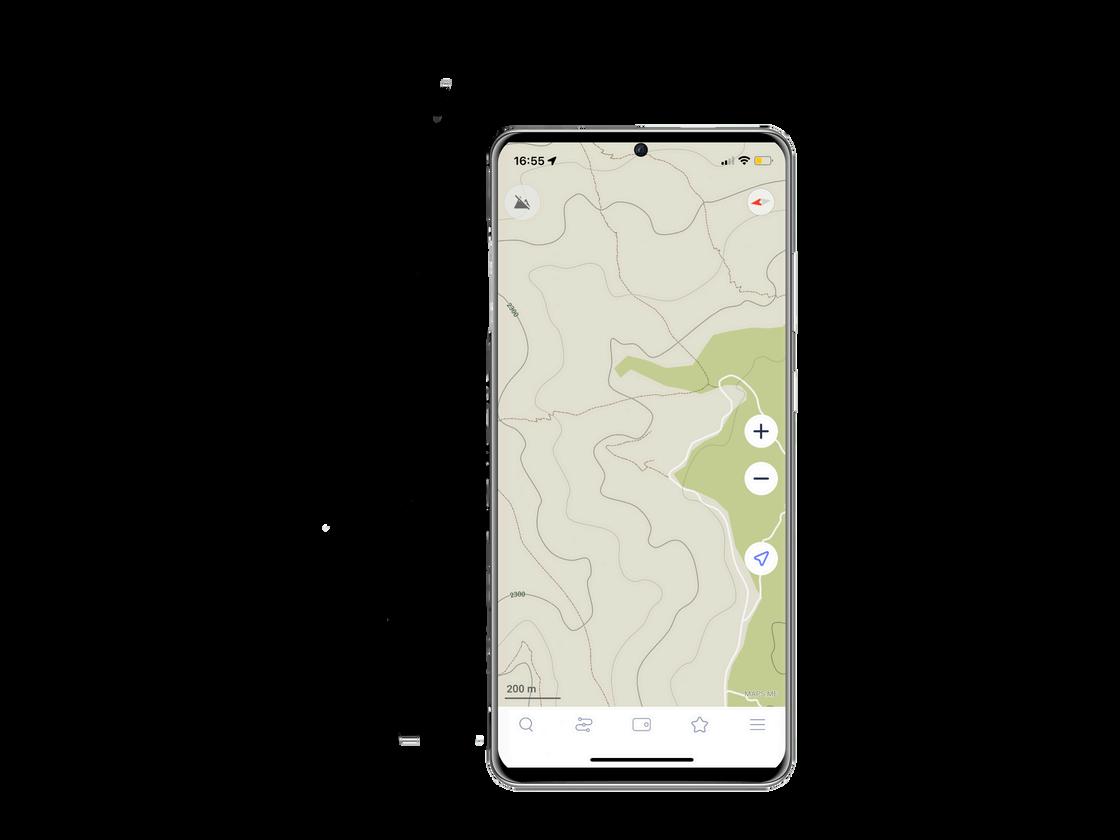
pp (for offline maps)
High hiking boots type B
Water shoes/sports shoes for walking through water for a longer period
Good hiking socks
T-shirts (not cotton)
Sweater/fleece
Technical rain jacket
Hiking pants
Cap/hat
Sunglasses(at least cat. 3)
Toiletries
Sunscreen SPF 50
Toilet paper (biodegradable)
Camelbak/water bottles
Lightweight cutlery
Power bank
Travel documents
Headlamp
Hiking poles

